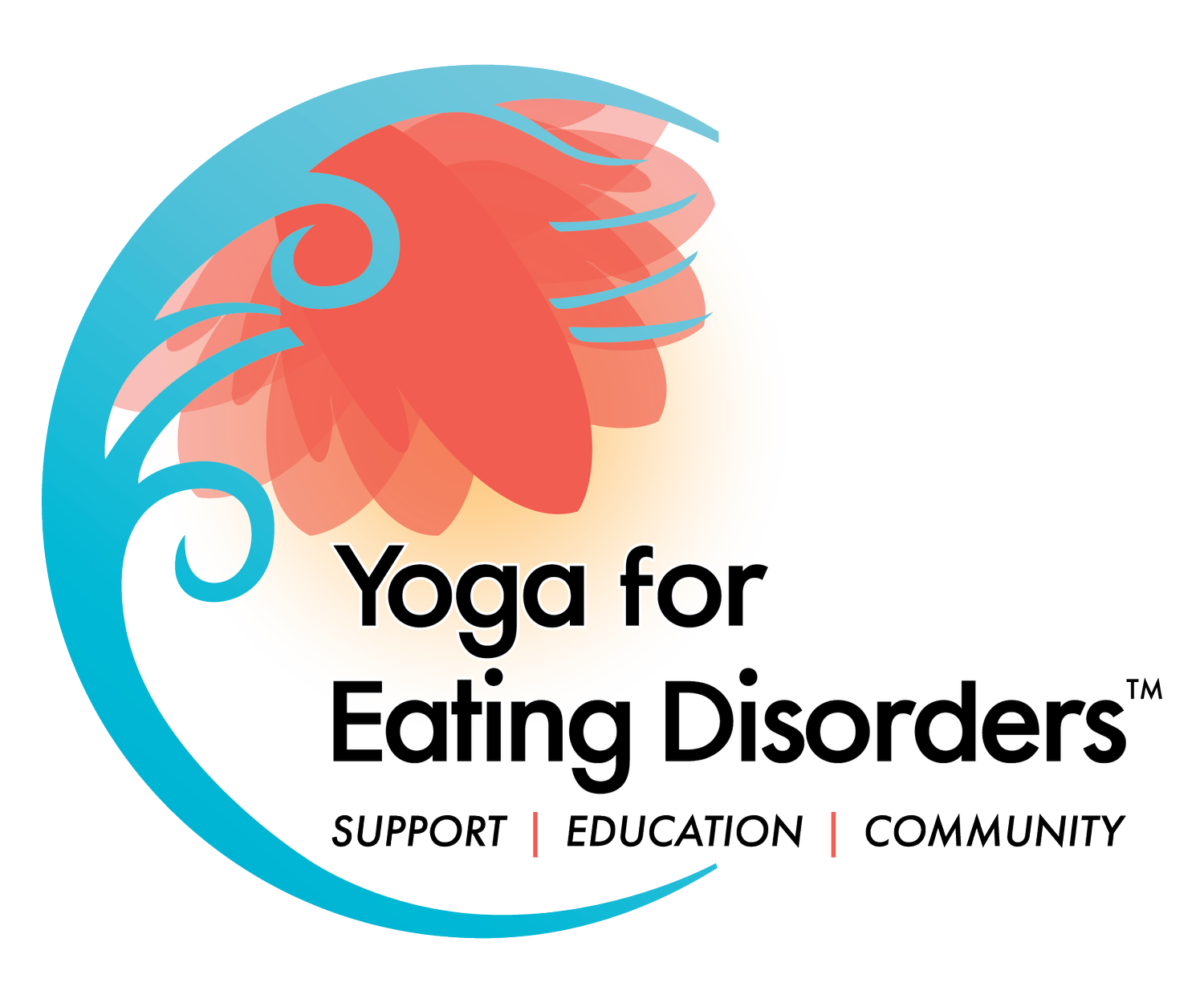We Don't Cry Over Waffles!
"We don't cry over waffles."
These five words shot like darts and landed in the dead center of my brain as I walked my daughter into her classroom. The teacher was clearly exasperated, and the child had a face full of tears and mucus.
Well, I do. I cry over waffles, pancakes, french toast, butter, syrup, muffins, croissants ... Makes sense to me the kid is balling his eyes out. Waffles are effing terrifying!
The litany of foods I do not eat filled my head as I bent down to kiss my daughter goodbye on her little head.
The sad truth is that, in the height of my eating disorder, I cried over plenty a waffle (and many more foods). Once in treatment my therapist tasked me with making a list of my "food rules." I'm embarrassed to share that I filled four notebook pages AND that I could have filled four more. What was the point of continuing? The solution was clear: I had some serious rule breaking to do if I were to ever have a shot at not spending my life in and out of treatment.
Getting back to the waffles and why I am writing about them in the first place: I do eat waffles now. But, that morning, even though I no longer define myself by food rules, like a gut reaction, my brain immediately switched on my anorexic default setting. My reaction to that moment between a teacher, a child, and a waffle was what I call autopilot head, or when old tapes turn on seemingly involuntarily. Words swiftly shoot in your head, and before you know it, you are tangled in a web of distorted but familiar thinking. You get what I mean, yes?
This is why it is essential, mandatory even, that we be vigilant and diligent about how we identify ourselves. Years ago, when I identified as anorexic before all other descriptions (even mother), the dialogue that ran through my head that school morning would have been appropriate. Today, and after a fierce commitment to myself, my husband and daughters, my clients, and you who are reading this, I no longer choose to identify as anorexic or someone with an eating disorder. In other words, when I think about who I want to show up as in the world, my first answer isn't anorexic. Therefore, I must vigilantly observe when such thoughts come in, and I must just as intently watch them leave. It's not safe for those kind of thoughts to continue and take root.
I share this story with the hope that it will encourage you to examine how you identify yourself. If the primary lens through which you see yourself is a diagnosis or a demeaning word, reflect on how that sense of self informs your thoughts, relationships, and health. If you are hesitant but curious about what life could be like if you shed that identity, then stay curious and allow your inquisitive self to overrule autopilot head from time to time. If you have dropped a dead-end identity (like a diagnosis or demeaning word), be on your guard for when autopilot head sneaks in. It's only through persistence that we can challenge and shut down the thoughts and behaviors that are no longer relevant.

